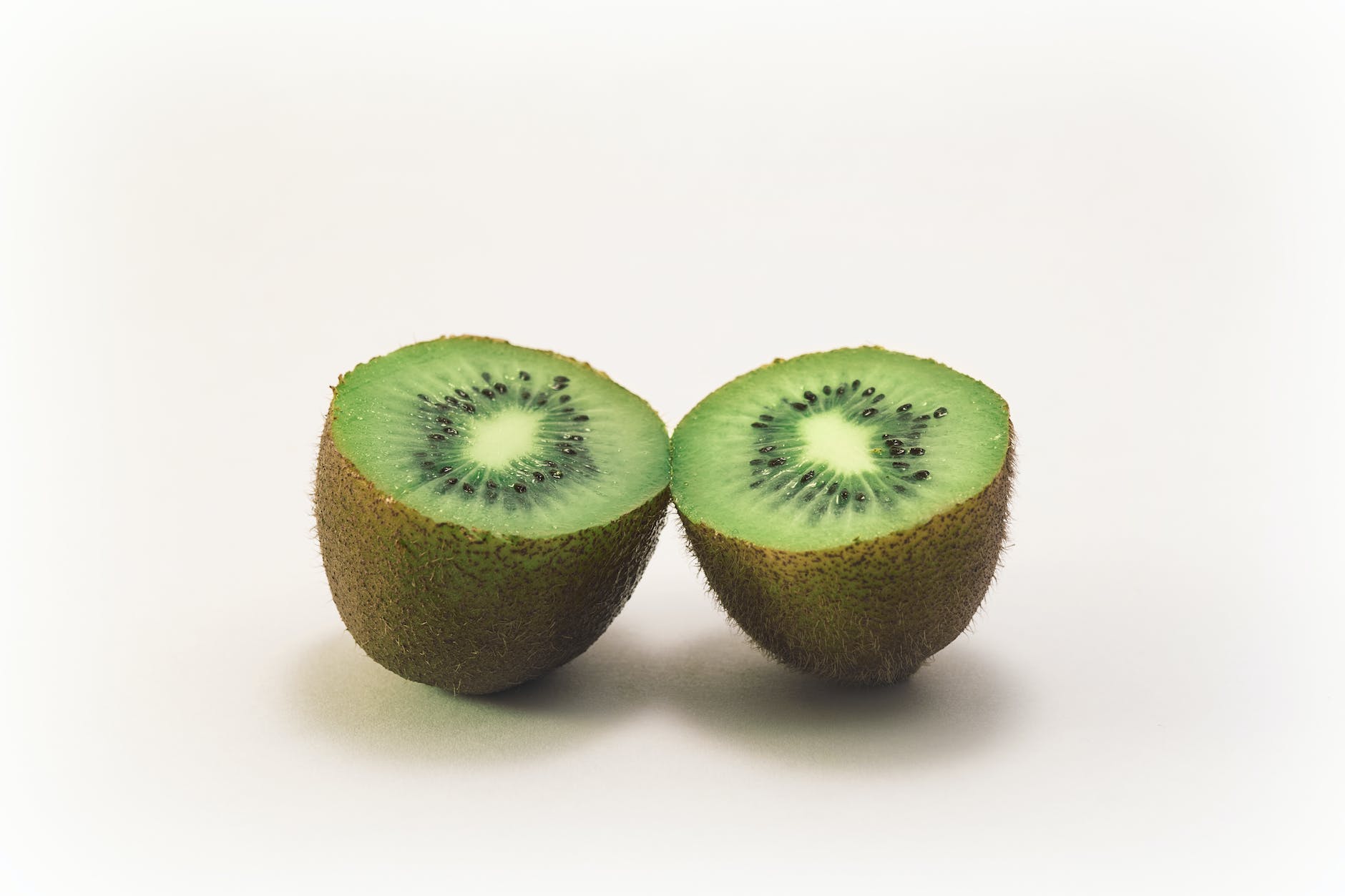
“Can you eat kiwi skin?” “Should you eat kiwi skin?” These are questions many of us have pondered while enjoying this vibrant, tangy fruit. In this comprehensive blog post, we’ll answer all your questions about eating kiwi skin, including its benefits and how to incorporate it into your diet—even in a smoothie, during pregnancy, or with its hair intact.
🍽️ Can You Eat Kiwi Skin? The Surprising Answer!
Yes, you can eat kiwi skin! Despite its slightly fuzzy texture, kiwi skin is completely edible and packed with nutrients. However, it’s always a good idea to wash the fruit thoroughly before eating to remove any pesticides or dirt.
💪 Benefits of Eating Kiwi Skin: A Nutritional Powerhouse
Why should you eat kiwi skin? The skin of a kiwi fruit is rich in fiber and vitamin C. Eating the skin along with the fruit can triple your fiber intake compared to just eating the flesh. Plus, the skin contains antioxidant phenolic compounds, which can boost your immune system and prevent certain diseases.
🔪 How to Eat Kiwi Skin: A Simple Guide
If you’re new to eating kiwi skin, here’s a simple guide:
- Rinse the kiwi fruit under running water.
- Pat it dry with a clean towel.
- Slice the kiwi into halves or quarters.
- Enjoy the kiwi, skin and all, just like you would eat an apple.
🍹 Eating Kiwi Skin in a Smoothie: A Delicious Twist
Adding kiwi skin to your smoothie is a great way to reap its nutritional benefits. Simply add the whole kiwi—skin and all—into your blender along with your other favorite smoothie ingredients. The blender will break down the skin, making it easier to consume and adding a boost of fiber to your drink.
🤰 Eating Kiwi Skin While Pregnant: What You Need to Know
Pregnant women can safely eat kiwi skin, provided the fruit has been thoroughly washed to remove any potential pesticides or bacteria. Kiwi is a great source of vitamin C, which is beneficial for both mom and baby. However, as with any food during pregnancy, it’s always best to consult with your healthcare provider.
🥝 Eating Kiwi Skin with Hair: Is It Safe?
Yes, it’s safe to eat the “hair” or fuzz on a kiwi skin. This fuzz is actually tiny hairs that protect the fruit, and it’s completely edible. Some people even find that it adds an interesting texture to the fruit. Just make sure to wash the kiwi thoroughly before eating to remove any dirt or pesticides.
🤔 Do You Eat Kiwi Skin? A Matter of Personal Preference
While it’s perfectly safe and healthy to eat kiwi skin, it ultimately comes down to personal preference. Some people enjoy the added texture and nutritional benefits, while others prefer the smooth, juicy flesh of the fruit on its own. If you’re unsure, give it a try—you might find that you enjoy the unique taste and texture of kiwi skin.
Conclusion:
So, can you eat kiwi fruit skin? Absolutely! Not only is it safe to eat, but it also offers a host of nutritional benefits. Whether you’re a long-time kiwi lover or new to this exotic fruit, don’t be afraid to take a bite out of the whole thing—skin and all.










